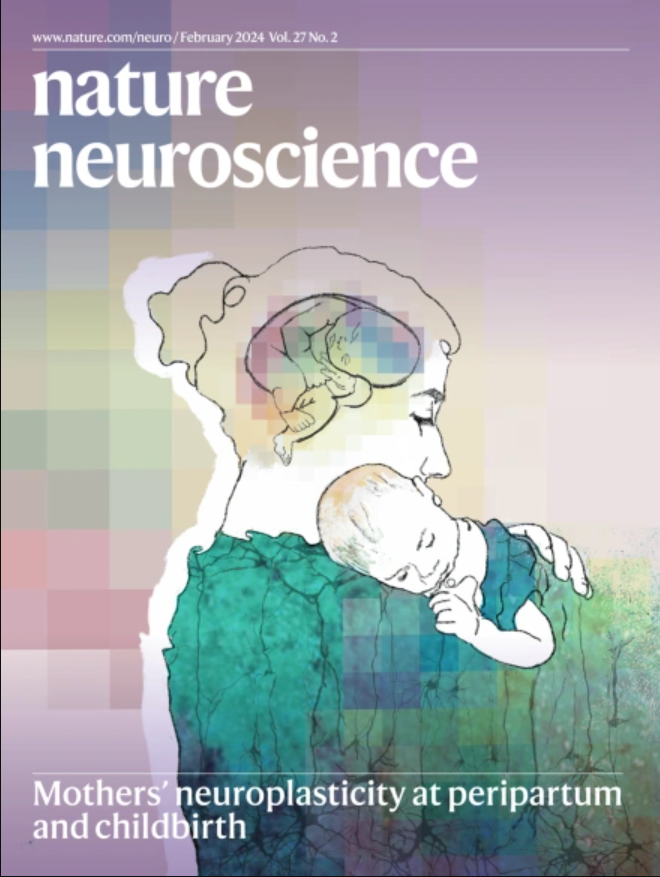High-throughput synaptic connectivity mapping using in vivo two-photon holographic optogenetics and compressive sensing
IF 20
1区 医学
Q1 NEUROSCIENCES
引用次数: 0
Abstract
Characterizing synaptic connectivity in living neural circuits is key to understanding the interplay between network structure and function during behavior. However, the throughput of current in vivo synaptic mapping methods remains very limited. Here, we present a framework for increasing mapping throughput and speed that combines two-photon holographic optogenetic stimulation of presynaptic neurons, whole-cell recordings of postsynaptic responses and compressive sensing reconstruction of sparse connectivity. Under sequential single-cell stimulation, the method enables rapid probing of connectivity across up to 100 potential presynaptic cells within ~5 min in the visual cortex of anesthetized mice, identifying synaptic pairs along with their strength and spatial distribution. Furthermore, in sparsely connected populations, holographic multi-cell stimulation combined with a compressive sensing approach further improved sampling efficiency and recovered most connections found using the sequential approach, with up to a threefold reduction in the number of required measurements. Overall, these results highlight the potential for higher throughput in vivo circuit analysis and deeper insights into brain structure–function relationships. Using two-photon optogenetics, electrical recordings and sparse signal reconstruction, the authors demonstrate in vivo synaptic connectivity mapping in the mouse visual cortex.

使用体内双光子全息光遗传学和压缩传感的高通量突触连接映射。
表征活神经回路中的突触连通性是理解行为过程中网络结构和功能之间相互作用的关键。然而,目前体内突触定位方法的吞吐量仍然非常有限。在这里,我们提出了一个框架来提高映射吞吐量和速度,结合了突触前神经元的双光子全息光遗传刺激,突触后反应的全细胞记录和稀疏连接的压缩感知重建。在连续的单细胞刺激下,该方法可以在5分钟内快速探测麻醉小鼠视觉皮层中多达100个潜在的突触前细胞的连通性,识别突触对及其强度和空间分布。此外,在连接稀疏的种群中,全息多细胞刺激结合压缩感知方法进一步提高了采样效率,并恢复了使用顺序方法发现的大多数连接,所需测量次数减少了三分之一。总的来说,这些结果突出了更高通量体内电路分析和更深入地了解大脑结构-功能关系的潜力。
本文章由计算机程序翻译,如有差异,请以英文原文为准。
求助全文
约1分钟内获得全文
求助全文
来源期刊

Nature neuroscience
医学-神经科学
CiteScore
38.60
自引率
1.20%
发文量
212
审稿时长
1 months
期刊介绍:
Nature Neuroscience, a multidisciplinary journal, publishes papers of the utmost quality and significance across all realms of neuroscience. The editors welcome contributions spanning molecular, cellular, systems, and cognitive neuroscience, along with psychophysics, computational modeling, and nervous system disorders. While no area is off-limits, studies offering fundamental insights into nervous system function receive priority.
The journal offers high visibility to both readers and authors, fostering interdisciplinary communication and accessibility to a broad audience. It maintains high standards of copy editing and production, rigorous peer review, rapid publication, and operates independently from academic societies and other vested interests.
In addition to primary research, Nature Neuroscience features news and views, reviews, editorials, commentaries, perspectives, book reviews, and correspondence, aiming to serve as the voice of the global neuroscience community.
 求助内容:
求助内容: 应助结果提醒方式:
应助结果提醒方式:


